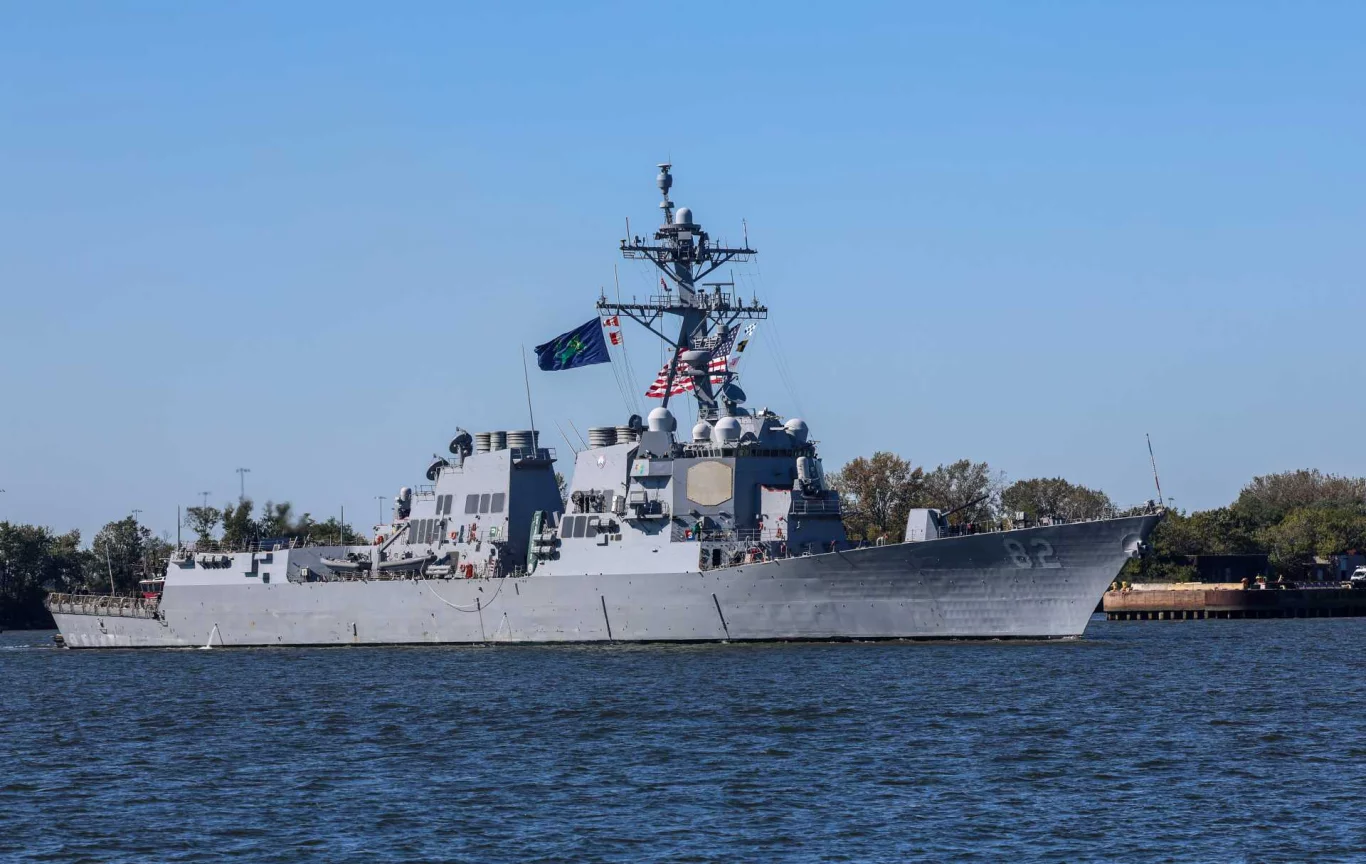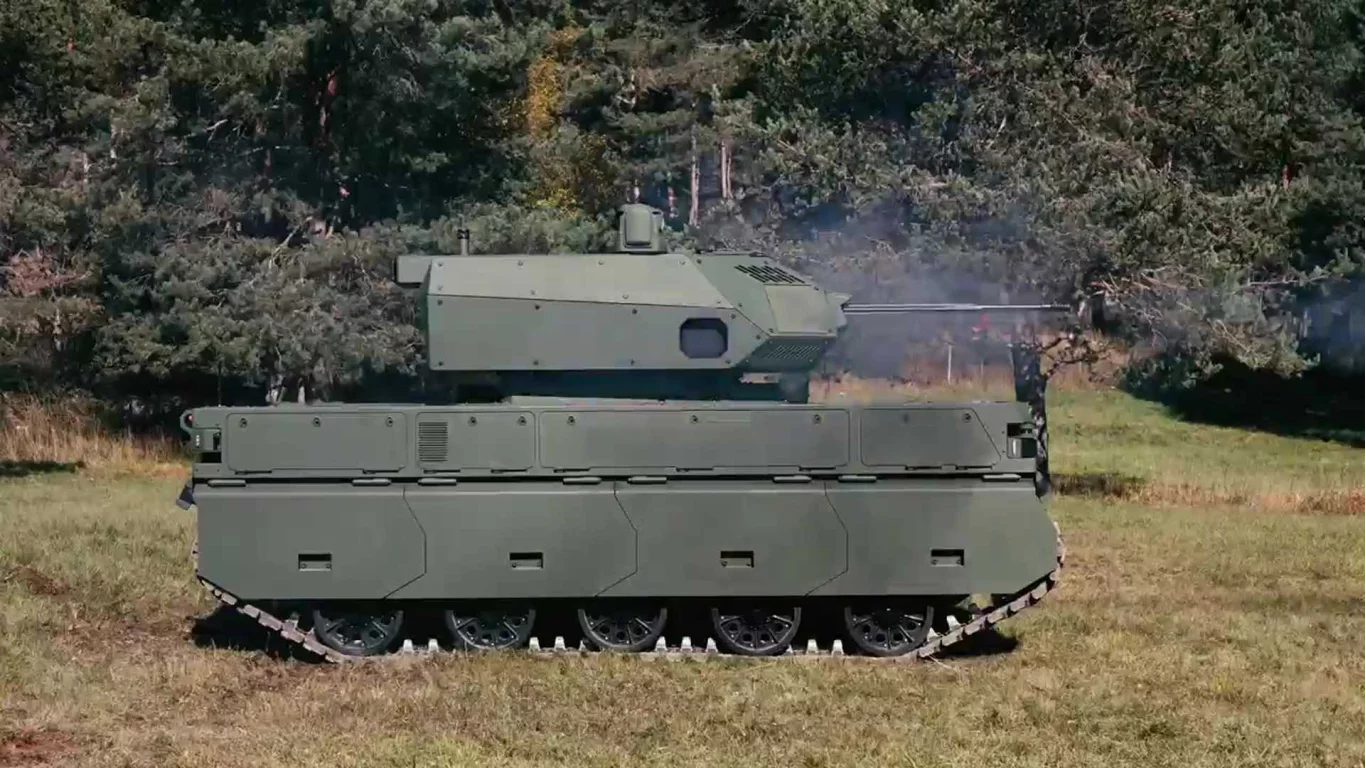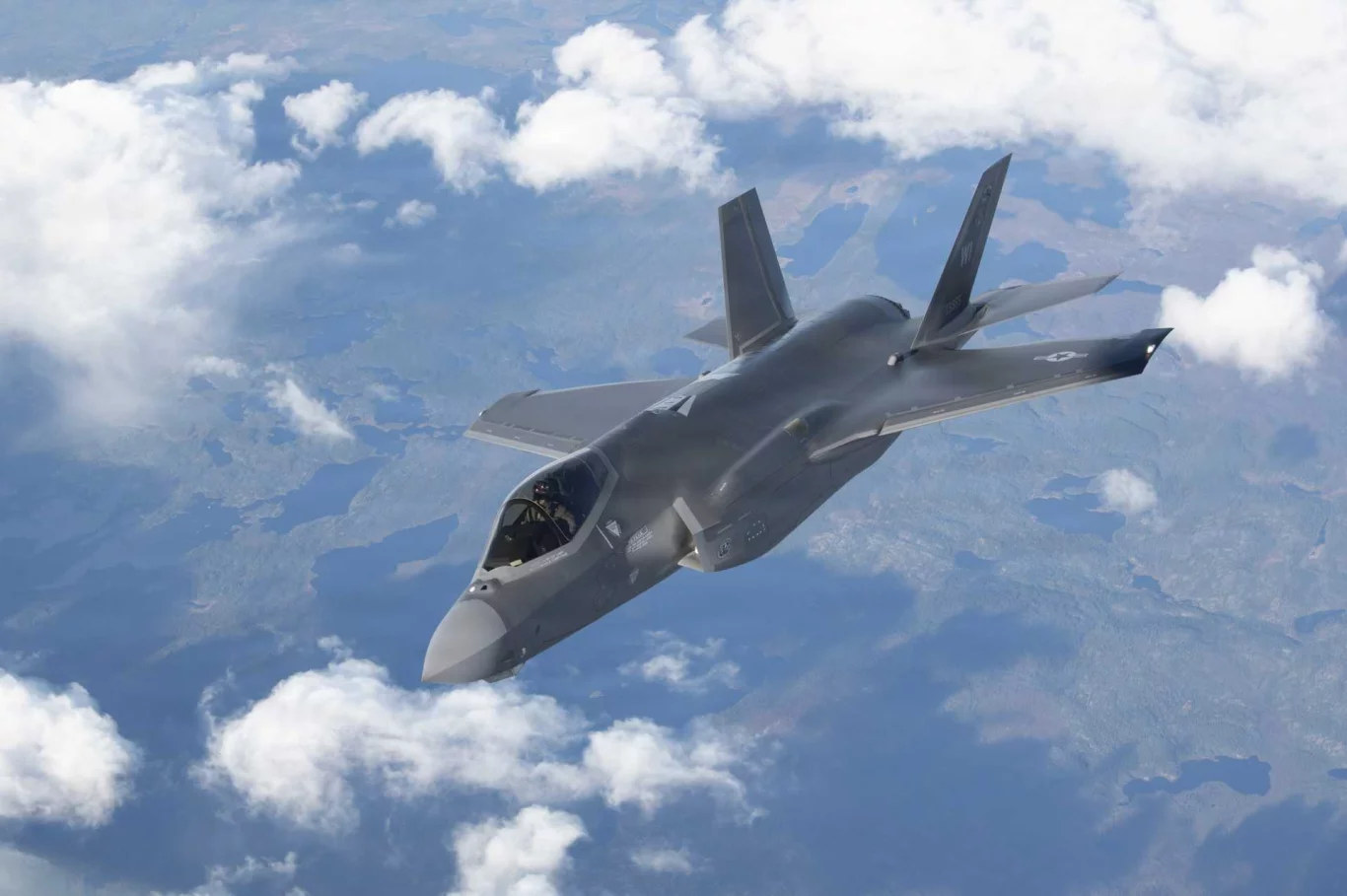In a jaw-dropping power move that’s sending shockwaves through the Pentagon and Beijing alike, the U.S. Navy is fast-tracking the “Golden Fleet”—a futuristic armada of ultra-lethal warships engineered to crush China’s explosive maritime rise and lock down the Indo-Pacific for generations. Kicked off by explosive reports in The Wall Street Journal on October 24, 2025, this Trump-branded naval revolution isn’t an incremental upgrade—it’s a complete demolition and rebuild of America’s surface combat force. Former President Donald J. Trump has personally grilled Navy leaders, slamming current ships as “overpriced relics” and demanding massive, missile-packed behemoths that make China’s 370-ship fleet look like a coastal patrol.
The “Golden Fleet” name—straight out of Trump’s playbook alongside “Golden Dome” and “Gold Card”—is already the hottest buzz in defense circles. Top White House strategists, four-star admirals, and shipbuilding titans are huddled in classified war rooms, sketching a radical new fleet that obliterates the old carrier-destroyer paradigm. Picture this: 20,000-ton “Golden Dreadnoughts” prowling the Pacific, flanked by swarms of AI-driven corvettes and unmanned ghost ships, all linked by a digital kill web that strikes faster than any enemy can blink. This isn’t science fiction—it’s the U.S. Navy’s desperate, brilliant counter to a China that’s been outbuilding America 3-to-1 in warships for a decade.
At the core of the storm? A next-generation capital ship that makes today’s Arleigh Burke-class destroyers (9,200 tons) look like tin cans. These floating superweapons—potentially longer than a Nimitz-class carrier’s flight deck—will pack:
- 256+ vertical launch cells loaded with hypersonic missiles, SM-6 interceptors, and Tomahawk land-attack cruisers
- Nuclear-grade integrated electric propulsion for stealth, speed, and unlimited energy to power lasers
- Directed-energy systems that vaporize drone swarms and incoming missiles mid-flight
- AI battle management that autonomously coordinates strikes across hundreds of manned and unmanned platforms
- Crew sizes under 200 thanks to heavy automation—slashing costs and casualties
Trump’s reported verdict in private briefings? “I want ships that scare the hell out of China just by showing up.” And he’s getting them.
China’s People’s Liberation Army Navy (PLAN) has been on a tear: 370+ warships, three carriers, and anti-ship ballistic missiles like the DF-21D “carrier killer” that can strike moving targets 1,800 miles away. U.S. war games show American carrier groups struggling to survive inside the First Island Chain by 2030. The Golden Fleet is the kill shot—a technological leap that turns numerical disadvantage into overwhelming dominance. One Golden Dreadnought could unleash more firepower in 10 minutes than an entire Burke destroyer squadron can in an hour.
But it’s not just about the big boys. The Golden Fleet is a three-headed hydra of destruction:
First, the corvette wolfpacks—sleek, 40-knot killers displacing 1,500–3,000 tons. Armed with 16–32 missile cells, anti-sub torpedoes, and drone launchers, they’ll flood the South China Sea, hunt subs in the Spratlys, and screen the capital ships. Built fast and cheap in allied yards (think Italy’s Fincantieri or France’s Naval Group), these “pocket predators” will be exportable to AUKUS, Japan, and India, creating a global anti-China naval grid.
Second, the Ghost Fleet apocalypse—unmanned surface vessels (USVs) like the Overlord program’s Ranger and Mariner, now evolving into missile trucks, sensor nodes, and decoy swarms. Imagine 50 drone ships sailing silently ahead of a Golden Dreadnought, feeding targeting data, launching decoys, and absorbing the first wave of enemy missiles. The crew? Zero. The cost per kill? Pennies on the dollar.
Third, the digital nervous system—AI “kill webs” that fuse satellite, submarine, aircraft, and ship data in real time. An enemy destroyer 1,000 miles away gets painted, tracked, and obliterated before its crew finishes coffee. This isn’t command-and-control. It’s command-by-instinct.
The industrial hurdles are brutal. America’s shipyards—Bath Iron Works, Ingalls, Newport News—are choking on Columbia-class subs and Ford-class carriers. The Golden Fleet demands:
- New mega-drydocks for 20,000-ton hulls
- 100,000+ skilled workers (welders, coders, engineers)
- Secure supply chains for hypersonics, rare earths, and stealth coatings
- $4–6 billion per dreadnought—potentially $120 billion for 20 ships
Congress is circling like sharks. One House Armed Services staffer snarled: “No more Zumwalt disasters. Prove these ships survive a hypersonic barrage and kill faster than China can reload.” The Navy’s answer? Accelerate Constellation-class frigates as a stopgap while unmanned Pacific trials refine the concept.
Globally, the ripple effects are tectonic. AUKUS 2.0 could see Australia and the UK co-building Golden corvettes. Japan might license-produce the drone carriers. NATO’s Baltic flank gets a shot in the arm with rapid-deploy U.S. corvettes. For the joint force:
- U.S. Army: Fires from Golden ships enable deep strikes without airbases
- Air Force: Fewer forward runways needed; ships become floating missile depots
- Marines: Corvette-transported expeditionary units leapfrog islands
Timeline? 2026: Congress greenlights design cash. FY2027: Requirements hit the Hill. 2030: First corvette splashes. 2032+: Golden Dreadnought keel-laying. The Navy’s already stress-testing manned-unmanned teaming in the Pacific—results will shape the final blueprint.
This isn’t just a fleet. It’s a strategic earthquake. It screams to China: Your numbers don’t matter when we bring the future. To allies: America’s back—and we’re bringing the thunder. To history: The U.S. Navy will never surrender the seas.
One admiral reportedly told Trump: “Sir, we’re not building ships. We’re building the end of naval peer competition.” The Golden Fleet isn’t coming. It’s already here—in blueprints, budgets, and the burning will to win.




